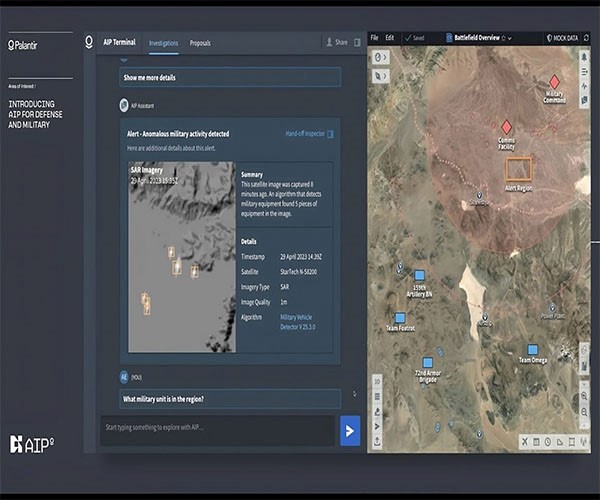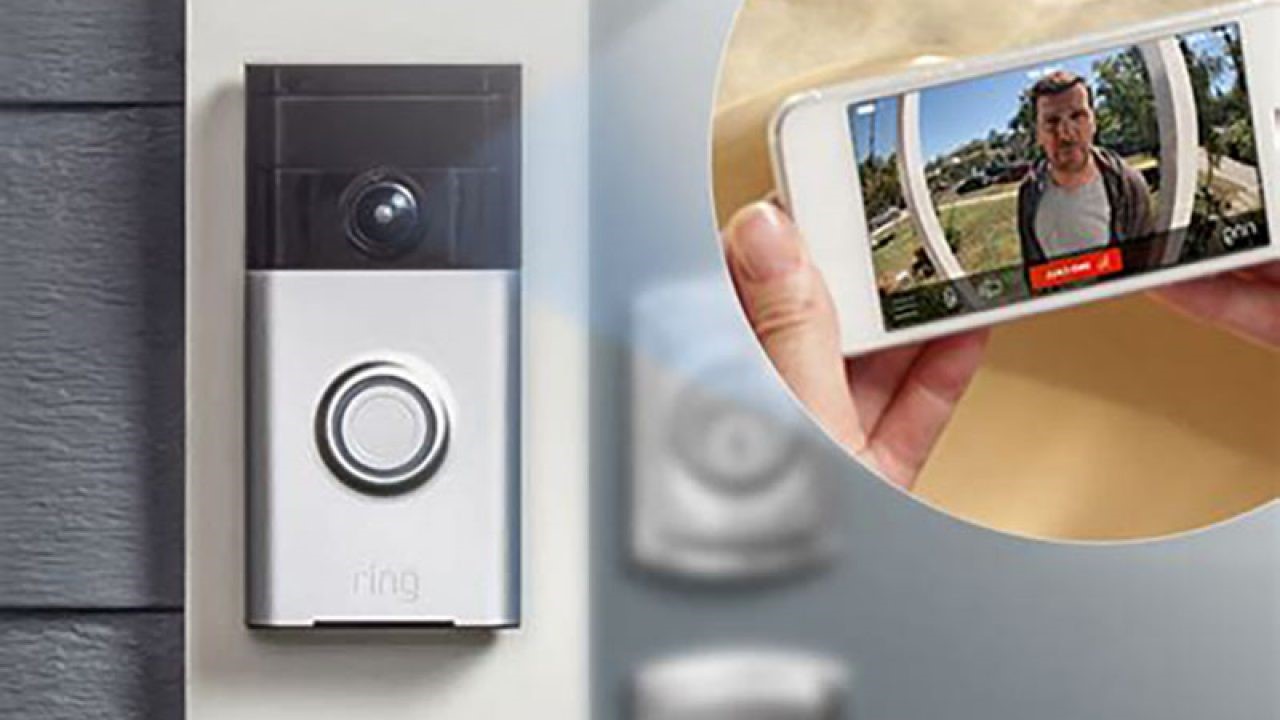Sateliot needs to interface 5G NB-IoT gadgets utilizing LEO satellites
Spanish low-Earth orbit (LEO) nanosatellite constellation operator Sateliot has applied to the FCC to expand its services in the United States
Sateliot’s constellation uses the 5G IoT standard and provides coverage extension to mobile network operators (MNOs) and mobile virtual network operators (MVNOs) through standard roaming agreements.

Figure 1. Sateliot needs to interface 5G NB-IoT gadgets utilizing LEO satellites
Sateliot needs to interface 5G NB-IoT gadgets utilizing LEO satellites is shown in Figure 1. American IoT solution providers will no longer need specific and expensive satellite devices but can instead connect to satellites with their current SIM cards and NB-IoT devices supporting Release 17 NTN, and switch seamlessly between terrestrial and satellite connectivity.
Sateliot is the first LEO satellite operator to leverage the 3GPP Release-17 Standard on its own constellation, allowing it to service massive IoT applications with a low-density constellation and few ground stations thanks to its novel implementation that allows 5G IoT networks to work in Store&Forward.[1]
Sateliot's 5G satellites can service massive IoT applications with a low-density constellation and few ground stations thanks to its approach based on a novel implementation that allows 5G IoT networks to work in Store&Forward. Its LEO satellites have global coverage and are capable of serving delay-tolerant use cases such as agriculture or smart metering, which account for 60% of the total IoT market.
The Sateliot Smallsat System will enable Sateliot to expeditiously introduce its 2GHz MSS/IoT services while allowing partner mobile network operators ("MNOs'') to integrate NB IoT-NTN applications and greatly expand their geographic coverage without investing in additional infrastructure through a simple roaming agreement with Sateliot. The company intends to file a separate market access petition for its full commercial 2GHz MSS/IoT constellation in due course.
Sateliot is leading the satellite industry in standard implementations. It is the first and only new space company to become a member of the GSMA and the GCF, which is the top device compliance certification organization for manufacturers, operators and test laboratories. The company is merging 5G IoT terrestrial and satellite communications to provide seamless connectivity everywhere on the planet at a fraction of current satellite costs.[2]
Narrowband IoT (NB-IoT) is a wireless telecommunications technology standard developed by 3GPP, the international standards body responsible for all major mobile telecommunications standards, such as 4G LTE (4G) and 5G NR (5G).
NB-IoT was developed specifically for IoT, especially long-term low-energy, relatively low-speed use cases such as home automation, and agricultural and cattle monitoring.
Its large-signal repetition is a great tool for delivering underground solutions like water management as it functions in remote areas, inside builds and underground.[3]
References:
- https://www.iottechnews.com/news/2023/apr/19/sateliot-wants-to-connect-5g-nb-iot-devices-using-leo-satellites/
- https://www.lightreading.com/sateliot-seeks-fcc-approval-for-nb-iot-from-space/d/d-id/784436
- https://tech.eu/2023/02/21/sateliot-b/
Cite this article:
Gokula Nandhini K (2023), Sateliot needs to interface 5G NB-IoT gadgets utilizing LEO satellites, AnaTechMaz, pp.273















